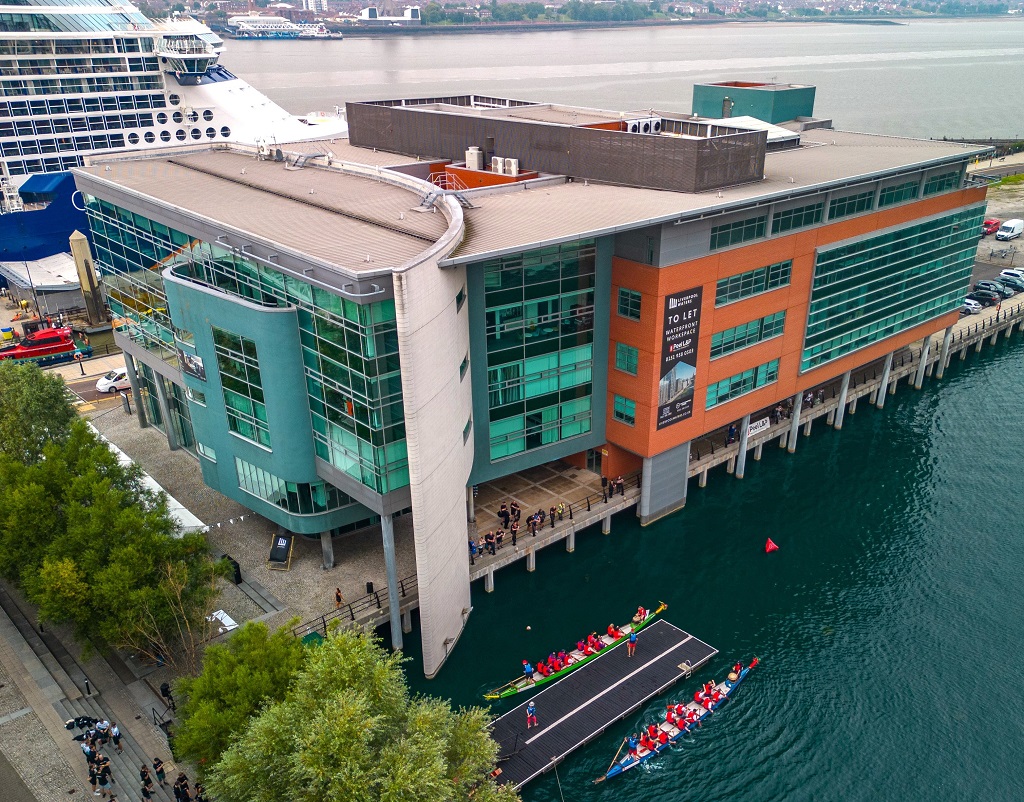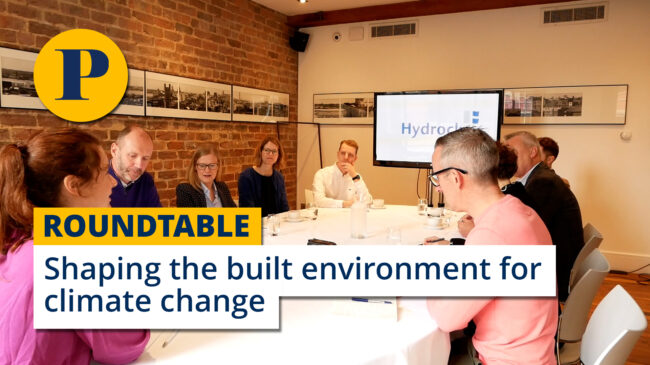Tackling the great retro-fit housing challenge
Mike Jaggs, senior consultant at Building Research Establishment, describes how sensitive refurbishment can greatly improve the energy efficiency of a building.
Britain has the oldest housing stock in the developed world with 8.5m properties over 60 years old. Most of these are energy inefficient and many are in a poor state of repair. Housing energy use is responsible for 27% of the UK's CO2 emissions.
Our current rate of building new energy-efficient homes is very low compared to the size of the existing stock, which means that approximately 70% of our energy inefficient housing will still be in use in 2050. Some estimates show that at our current rates of demolition the average house may have to last 1,000 years before it is replaced.
According to the Housing Health & Safety Rating System (HHSRS) there are approximately 8.1m (37%) homes in England that do not meet the Decent Homes standard; of these 59% (4.8m) are excessively cold. Just over half of English housing stock (4.1m) fails to provide adequate thermal comfort. As more dwellings age and potentially fall into disrepair, these problems are likely to worsen.
The concern over housing is not just on condition, but also on affordability for the occupants. Recent research carried out by uSwitch.com suggests that the average annual household energy bill could reach £5,000 by 2020 if current trends and fuel use continue. The implications of this for the 4m UK householders that are already suffering fuel poverty are huge.
Much is currently being done to reduce the UK's energy use and carbon emissions. The Climate Change Act 2008 has set a target of an 80% reduction in carbon emissions (below the 1990 level) by 2050, and has made provision for government to implement policies that will help it to meet its target. It is proposed that there will be several step changes over the next few years to achieve this target.
A great deal of money is already being spent on home improvements, but most of this work is carried out on kitchen and bathroom refurbishments, which provide no energy saving benefits. Many popular home improvements actually cost a great deal more than any estimated value that may be added to the property, for example a new kitchen will cost on average £18,700, but is only likely to add an estimated £4,894 to the value of the dwelling, therefore resulting in a net added value of minus £13,860 (according to Abbey research based on home loans provided to 1,000 people).
There is also evidence that householders do not see the benefits of energy efficiency measures, and while they may be prepared to spend money on a new kitchen they would not be so keen to carry out energy-saving home improvements. Much of the reluctance is due to perceived nuisance and hassle of having the work done, the lack of something tangible in the home like a new bathroom suite and the high installation costs of some of the low carbon technologies.
If we are to meet the 80% reduction target and avoid fuel poverty for many people we will need to significantly improve the energy efficiency of our existing housing stock by radical, large scale sustainable refurbishment.
Sustainable refurbishment of housing is not easy. Nearly half the UK's housing is 'hard to treat', e.g. it has solid walls and/or no loft space. It is often difficult to know what to do to achieve the best outcome; especially if you have limited funds. Innovative materials and technologies have been developed that allow high levels of insulation in external walls, roofs, windows; as well as the development of low-carbon technologies for providing heating, hot water and lighting as well as other benefits like water efficiencies and waste minimisation.
Building Research Establishment (BRE) plays a pivotal role in achieving sustainable refurbishment, with links to over 350 exemplar refurbishment projects including BRE's Victorian Terrace project on the Watford Innovation Park. Dwellings were monitored before and after to establish the impacts of refurbishment work; one of the aims of these projects is to identify how dwellings that started with a typical SAP rating of G to F can achieve a revised SAP rating of B to A. These exemplar schemes are fundamental to showcase what can be achieved with typical UK housing stock as well as exhibiting new innovative materials and technologies, for example phase change material, space efficient and eco insulation, vacuum glass, renewables technologies and best work practice.



